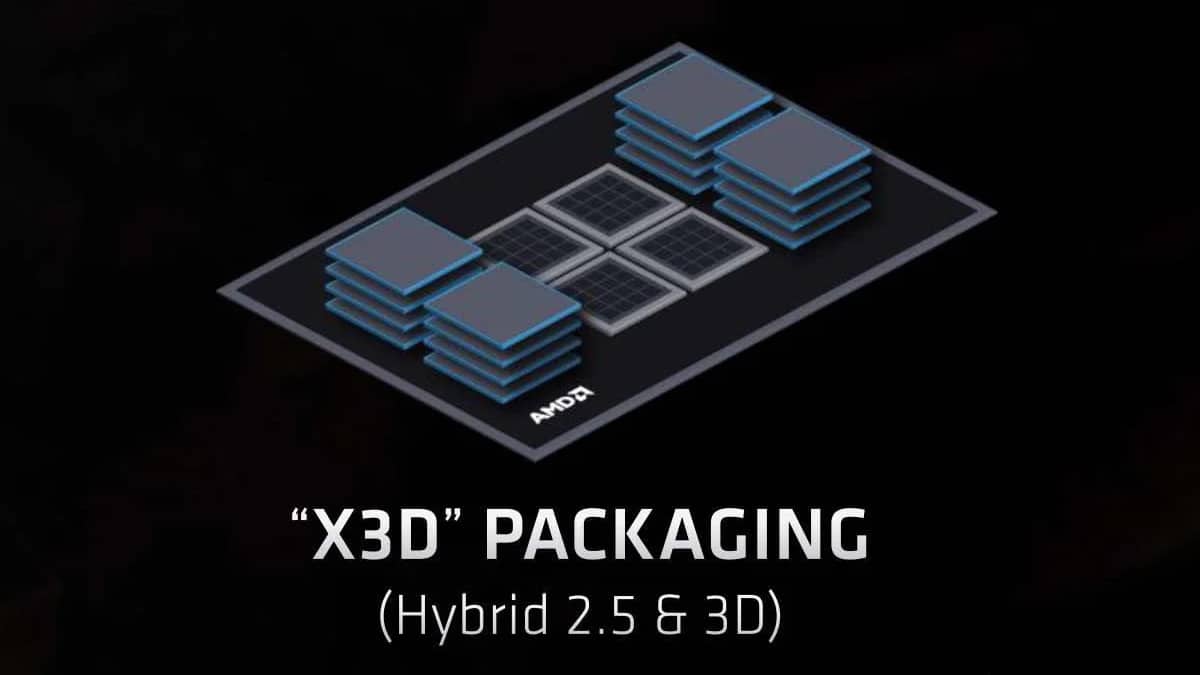What does X3D mean on AMD CPUs?

Table of Contents
AMD CPUs are well-known in the industry for their approach to gaming performance, we should all know this by now. One of the core features recently added to some AMD CPUs is its 3D V-Cache, more often than not tagged onto the end of CPUs as X3D.
X3D is an abbreviation for the Extended 3D Technology (EXT) feature found on AMD CPUs. This technology was first added to the Ryzen 7 5800X3D in 2022 and has since become one of the best gaming CPUs of the modern day. X3D extends the capabilities of 3D graphics processors to give gamers a more interactive and immersive gaming experience.
X3D allows AMD to triple the amount of L3 cache available on its chips. It does this by stacking an additional layer of cache on top of the existing L3 cache, known as X3D.
The main benefit of having more L3 cache available is that it can help improve performance in intensive applications, such as gaming or heavy multitasking. Having a larger pool of memory resources also allows for better multitasking capabilities and can reduce latency when accessing data from RAM. Furthermore, more data can be stored in the same space due to caching techniques, thus further improving performance.
Why is the X3D so good for gaming?
X3D provides an immersive gaming experience with detailed visuals that are crisp and realistic, as well as dynamic lighting effects that can be rendered in real-time. The technology also allows for greater levels of detail than ever before, making it possible to create more complex and visually stunning scenes in games. Additionally, it enables better control over graphics settings so gamers can adjust their systems to get the most out of their hardware.
Some benchmarks using the Ryzen 7 5800X3D showed that the chip was the quickest gaming graphics processor available at the time. The Ryzen 7 5800X3D was even faster than AMD’s flagship Ryzen 9 5950X, which had 64MB of L3 cache compared to 92MB on the 5800X3D.
Is it worth waiting for the Ryzen 7000 X3D?
Yes, the Ryzen 7000 X3D will be one of the best gaming CPUs on the market once it releases. If we take into account what the 5800X3D achieved earlier this year, we must not doubt the potential of the technology. It wouldn't be accurate today, however, without some potential drawbacks, but we expect AMD has the ability to improve over what it has built thus far.
